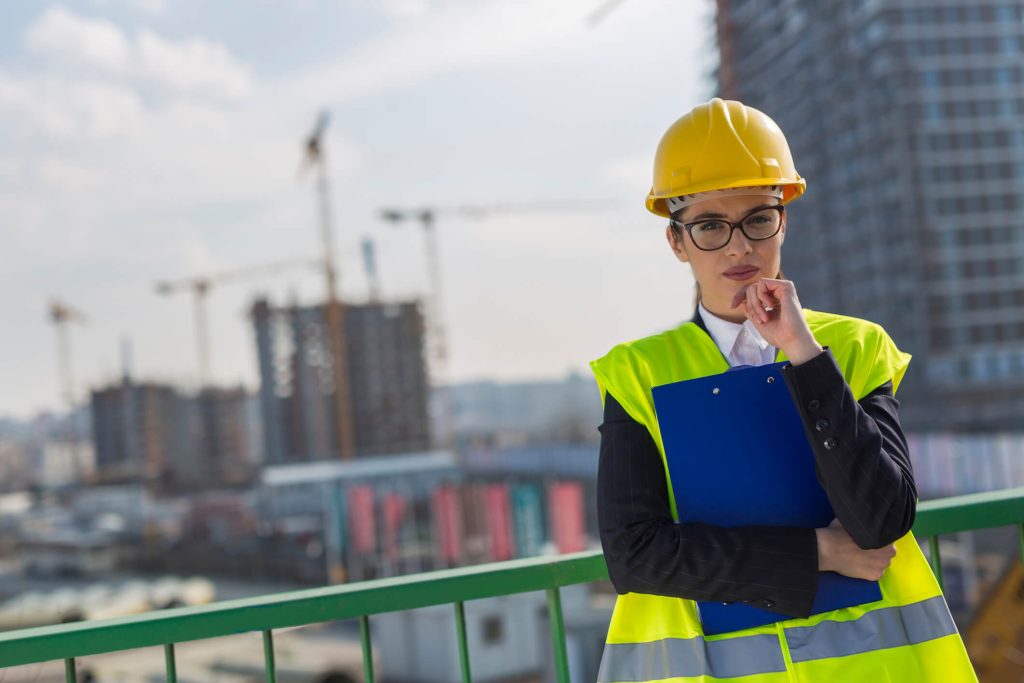Major Role Of New York OSHA 30 In Construction Worker Safety
Apologetically, in construction sites 475 accidents are reported every minute around the globe, and approx. two trillion Euro is the business cost entailed with these accidents. These estimations indicate the necessity of precautionary guidelines to secure the people at construction work sites. However, companies at their ends struggle hard to minimize, educate, and prevent accident cases but the need is ample to make the workers aware of the construction site hazards and how to cope with them.
The OSHA 30-hour Construction Safety Certification course is a comprehensive and updated safety program tailored for individuals involved in the construction industry. Geared towards construction workers, safety directors, foremen, and field supervisors, the course adheres to OSHA’s latest requirements, delivering a thorough understanding of compliance issues.
The curriculum covers crucial OSHA-mandated topics, encompassing
- An introduction to OSHA and its regulations, general safety and health provisions, welding, fire protection, process safety management, materials handling, motor vehicles, excavations, concrete and masonry construction,
- Lead safety, explosives usage, cranes and rigging, scaffolds, stairways, ladders, health hazards, hazardous materials, communication of hazards, electrical safety, power and hand tools, personal protective equipment, struck-by and caught-in-between procedures, and fall prevention.
By addressing these aspects, the course equips participants with essential knowledge and skills to enhance safety measures and ensure compliance within the dynamic construction environment.
Importance of NY OSHA 30 in Construction Worker Safety

The NY OSHA-30 course plays a pivotal role in ensuring the safety of construction workers, offering a range of benefits that extend beyond individual well-being. With a focus on fostering improved safety awareness, compliance with OSHA standards, increased productivity, and an enhanced reputation, the program significantly contributes to creating a secure and efficient work environment.
The following are the Benefits of NY OSHA-30 for Construction Worker’s Safety

Mitigation and recognition Hazards
Firstly, the NY OSHA-30 training program significantly enhances safety awareness among construction workers. By imparting a comprehensive understanding of potential hazards, the course equips participants with the knowledge to recognize and mitigate risks effectively. This heightened awareness is crucial in reducing accidents and injuries on construction sites.
Workers who have undergone OSHA-30 training are better equipped to identify unsafe conditions, implement preventive measures, and respond appropriately to emergencies. This proactive approach also contributes to an overall culture of safety within the construction industry.
Enhanced Awareness of OSHA Regulations
Moreover, completion of the NY OSHA-30 course ensures compliance with OSHA standards. OSHA regulations are in place to establish and enforce safety and health standards in the workplace. Through this training, both employees and employers gain a thorough understanding of these regulations, ensuring that they are well-informed about the requirements set forth by OSHA.
This knowledge is invaluable in maintaining a safe work environment and avoiding costly fines that may be imposed for non-compliance. By adhering to OSHA standards, construction companies demonstrate their commitment to creating a safe workplace and fostering a culture of responsibility and accountability.
Provision of Detailed Insights to PPE
The proper use of personal protective equipment is paramount in safeguarding construction workers from various hazards. OSHA 30 provides detailed insights into the selection, use, and maintenance of PPE. From hard hats and safety glasses to respiratory protection and hearing protection, the training equips workers with the knowledge to choose the right protective gear for different situations. This proactive approach to safety enhances overall job site well-being and reduces the likelihood of injuries.
Fall Protection and Scaffold Safety
Falls remain a leading cause of injuries and fatalities in the construction industry. New York, with its towering skyscrapers and complex construction projects, recognizes the critical importance of fall protection. OSHA 30 training extensively covers fall prevention strategies, including the proper use of personal fall arrest systems, guardrails, and safety nets. Scaffold safety is also a prominent component of the training, emphasizing the correct assembly, use, and disassembly of scaffolding to prevent accidents.
Provides Safety Measures for Electrical Safety
Construction sites often involve the use of electrical equipment and wiring, introducing the risk of electrical hazards. OSHA 30 delves into electrical safety measures, educating workers on the safe handling of electrical tools, the importance of lockout/tagout procedures, and the significance of identifying and addressing electrical hazards promptly. This knowledge is crucial in reducing the occurrence of electrical accidents, which can have severe consequences on both individuals and project timelines.
Increased Worker’s Productivity
In addition to compliance, the NY OSHA-30 course contributes to increased productivity on construction sites. A safer work environment inherently leads to higher worker productivity. With fewer accidents and injuries, there is less downtime and fewer disruptions to the workflow. Workers can focus on their tasks without the constant concern for their safety, leading to more efficient and effective work.
Reduced incidents of workplace injuries also mean lower absenteeism and medical costs for both workers and employers. Ultimately, the investment in OSHA-30 training pays off in terms of improved productivity, making it a worthwhile endeavor for construction companies aiming to optimize their operations.
Enhancement of the Company’s Reputation and Commitment to Safety
Furthermore, the course enhances a company’s reputation within the industry. Having a workforce that has undergone OSHA-30 training is a tangible demonstration of a company’s commitment to safety. This commitment is not only noticed by regulatory authorities but also by clients, partners, and potential employees. A company with a strong safety culture is more likely to be trusted and preferred by clients who prioritize safety in their projects.
It can also lead to more successful collaborations with partners who value and prioritize the well-being of their workers. Moreover, a positive safety reputation can attract skilled and conscientious employees, as individuals are more likely to seek employment with companies that prioritize their safety and well-being.
Emergency Response and Evacuation
Construction sites are inherently dynamic environments where emergencies can arise unexpectedly. OSHA 30 addresses the importance of emergency response and evacuation procedures. Workers are educated on how to respond to emergencies such as fires, chemical spills, and medical incidents. The training emphasizes the significance of having a well-defined emergency action plan, including evacuation routes and assembly points, to ensure a swift and organized response in critical situations.
Compliance with legal Requirements
New York has always been at the forefront of enacting stringent safety regulations to protect construction workers. The state’s commitment to worker safety is reflected in the legal requirements mandating OSHA 30 training for certain construction projects. The New York State Department of Labor (NYSDOL) often requires construction workers and supervisors to undergo OSHA 30 training to comply with safety standards and regulations. Failure to meet these requirements can result in penalties and, more importantly, jeopardize the well-being of workers on construction sites.
Supervisor Responsibilities
In addition to worker training, OSHA 30 places a strong emphasis on the responsibilities of supervisors in maintaining a safe work environment. Supervisors play a crucial role in enforcing safety protocols, conducting regular safety inspections, and addressing potential hazards promptly. OSHA 30 equips supervisors with the knowledge and tools to lead by example, fostering a safety culture that permeates every level of the construction hierarchy.
Therefore, The NY OSHA-30 course is instrumental in ensuring the safety of construction workers and provides a multitude of benefits that extend to the entire industry.
Conclusion
The significance of the New York OSHA-30 in construction worker safety is very immense. The alarming rate of global accidents in the construction sector underscores the urgent need for preventive measures. OSHA-30 emerges as a need for safety, addressing this need comprehensively. It elevates safety awareness, enabling workers to recognize and mitigate risks effectively, and fostering a culture of proactive hazard mitigation. Crucially, the course ensures compliance with OSHA standards, averting costly fines and showcasing a commitment to workplace safety.
From detailed insights into PPE usage to addressing fall protection, scaffold safety, electrical safety, and emergency response, OSHA-30 equips construction professionals with the knowledge and skills vital for their well-being and the prosperity of the industry as a whole.



